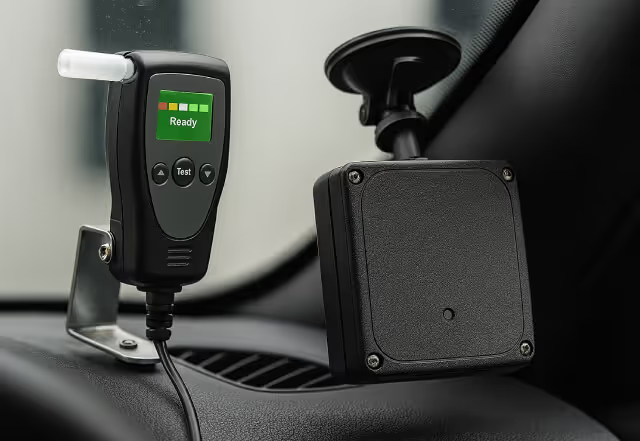Advanced Driver Assistance Systems (ADAS) are revolutionizing the way we drive, enhancing safety, comfort, and overall performance. In 2025 and upcoming years, learning to drive is no longer just about mastering manual skills and road signs—it’s about understanding the technology that modern vehicles rely on. For driving schools and learner drivers, early education on ADAS features is now essential.
What is ADAS?
ADAS encompasses a suite of electronic systems that assist drivers by improving vehicle safety and driving performance. Utilizing technologies like sensors, cameras, and radar, ADAS monitors the car’s surroundings, identifies potential hazards, and can intervene when necessary. Common features include adaptive cruise control, lane-keeping assistance, and emergency braking.
These systems are becoming standard in new vehicles, making it crucial for learners to understand how they function and how to use them effectively.
Why ADAS Education Matters for Learner Drivers
Introducing ADAS during driving lessons offers a range of benefits that go beyond basic driving competence.
1. Enhanced Safety Awareness
ADAS provides real-time feedback and corrections, helping drivers recognize and respond to hazards more effectively. For learners, understanding how features like blind-spot monitoring or forward collision warnings work can reinforce safe driving habits.
2. Improved Driving Confidence
Learners who are familiar with ADAS systems tend to feel more confident behind the wheel. By understanding how these technologies support their actions, new drivers can focus on decision-making without feeling overwhelmed.
3. Preparation for the Future
As ADAS features become ubiquitous in modern cars, early exposure ensures learners are equipped to drive vehicles with advanced capabilities. This preparation is particularly important as fully autonomous vehicles edge closer to reality.

4. Integration of Technology in Driving Tests
Many driving tests in 2025 assess a candidate’s ability to use ADAS features effectively. Familiarity with systems like parking assistance or lane-departure warnings can give learners a competitive edge during their test.
Key ADAS Features to Introduce in Driving Lessons
To provide well-rounded training, driving schools should prioritize the following ADAS features:
- Adaptive Cruise Control (ACC): Maintains a safe distance from the vehicle ahead, adjusting speed automatically.
- Emergency Braking Systems: Warns drivers of imminent collisions and applies brakes when needed.
- Lane-Keeping Assistance: Helps drivers stay within their lane, reducing unintentional drifting.
- Blind-Spot Detection: Alerts drivers to vehicles in their blind spots, enhancing situational awareness.
- Parking Assistance: Simplifies parking by guiding the driver or taking over steering control.
Challenges in Teaching ADAS
While ADAS training is invaluable, integrating it into driving lessons isn’t without challenges:
- Complexity for Beginners: Learners may feel overwhelmed by the amount of information about these systems. Clear, step-by-step instructions are necessary.
- Inconsistent Availability: Not all vehicles used in driving schools are equipped with ADAS, which can limit exposure for some learners.
- Balancing Manual Skills and Technology: Learners must still master core driving skills alongside understanding ADAS capabilities.
Driving schools should focus on finding a balance that emphasizes both manual competence and technological literacy.
The Role of Driving Schools in Promoting ADAS Education
Driving schools play a critical role in shaping how new drivers interact with modern vehicles. Here’s how they can lead the way:
- Invest in Modern Training Vehicles: Equip cars with the latest ADAS features to provide hands-on experience.
- Educate Instructors: Ensure that instructors are well-versed in ADAS technology to teach confidently.
- Leverage Technology Platforms: Use apps and simulators to introduce learners to ADAS concepts before practical lessons.
By embracing these strategies, driving schools can set their students up for success in a rapidly evolving driving landscape.
Conclusion
Advanced Driver Assistance Systems (ADAS) are no longer a luxury—they’re a necessity for safe, confident driving in 2025 and beyond. For learner drivers, understanding how these systems work can make a significant difference in safety, performance, and test readiness. Driving schools must take the lead in integrating ADAS education into their programs to prepare drivers for the future.
With the right training and resources, ADAS can empower learners to become skilled, tech-savvy drivers who are ready to navigate the modern roads with confidence.








































